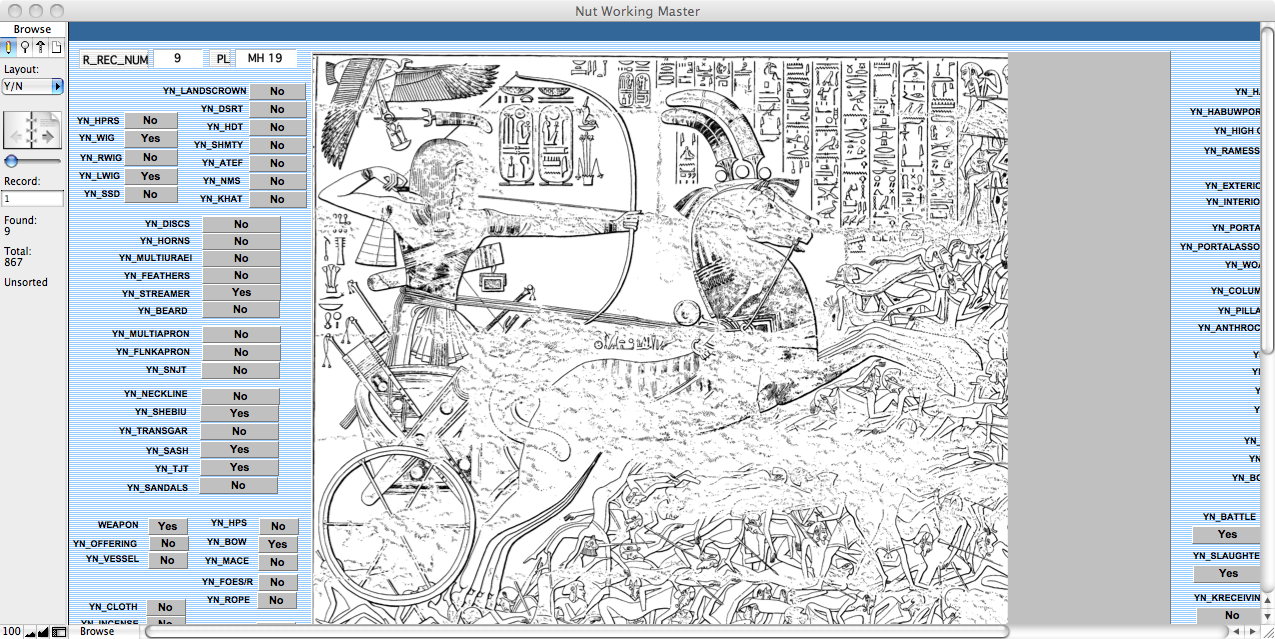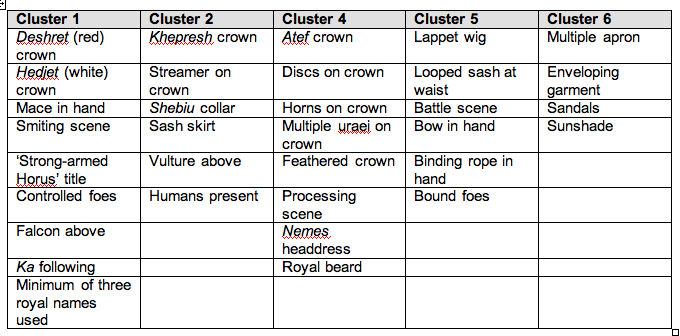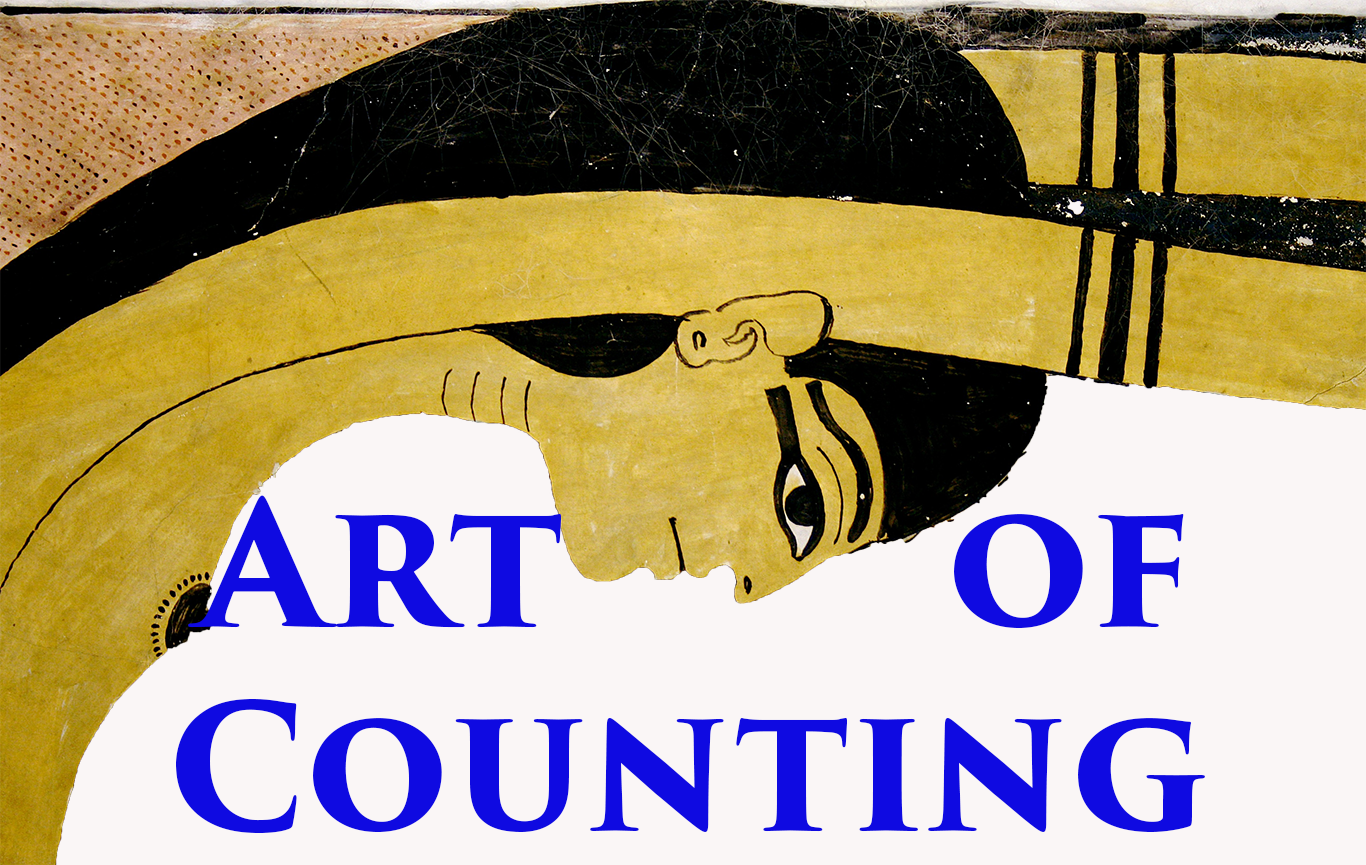by Art of Counting | Methods
New analysis of the ‘mystery’ equis found in 2004 at Pompeii reveals that the initial data was corrupted. The find and the subsequent DNA analysis generated much excitement about a previously unknown extinct breed of horse, but upon reexamination it was...

by Art of Counting | Methods
A number of people have responded to the red looped sash discussion with a very important question: how, and why, did I choose the looped sash to investigate? The answer is quite simple: the data led me there. This is the fundamental principle of the Art of Counting...
by Art of Counting | Methods
The Art of Counting project is based on the combination of a custom-built relational database and advanced statistical methods. The database revolves around a core of variables that are recorded in a binary (yes or no) manner. In the case of my dissertation project,...

by Art of Counting | Methods
Cluster analysis as defined by a statistician: A procedure by which subjects, cases, or variables are clustered into groups based on similar characteristics of each. Hierarchical cluster analysis attempts to identify relatively homogenous groups of variables (or...

by Art of Counting | Methods
There are two primary advanced statistical techniques that have already been applied to selected data from Medinet Habu—factor analysis and cluster analysis. This post will endeavor to explain the insights provided by factor analysis in the examination of visual...

by Art of Counting | Methods
Many of the findings that are presented by Art of Counting will require a basic understanding of key statistical techniques. This will be an exploration into correlation. Correlation, as defined by a statistician: The degree of similarity or difference between two...




